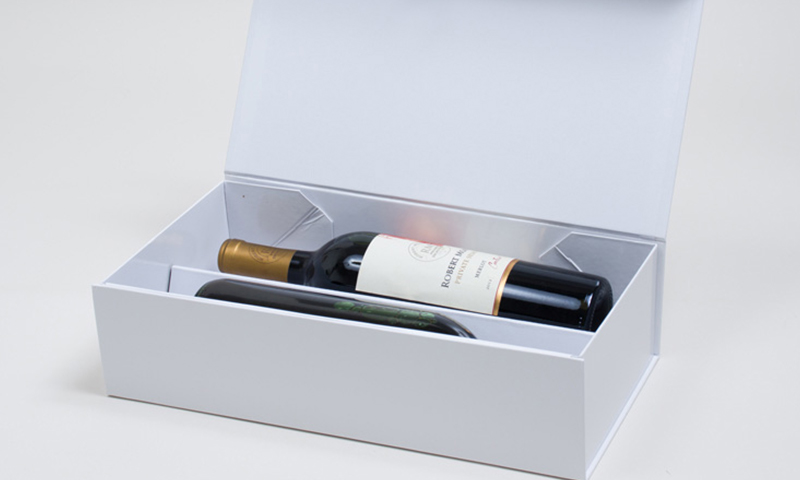For wine, the number of bottles in a case can vary greatly depending on a number of factors, so there is no one-size-fits-all answer. However, the most common sizes are 6- and 12-bottle cases, with special and luxury packages often being 3- and 1-bottle cases.

One of the most common box configurations is the standard case containing 12 bottles. This quantity is widely used in the wine industry, favored by producers, distributors, and retailers alike. It's a practical number that balances handling convenience and storage efficiency. Twelve - bottle cases are easy to stack and transport, and they're often the default choice for bulk wine sales, whether it's for restaurants stocking up on their wine lists or for wine enthusiasts buying in quantity for personal cellars or events.
However, 6 - bottle boxes are also quite popular. These smaller cases are more manageable for consumers who want a smaller quantity of wine, perhaps for a weekend gathering or to sample a variety of wines without committing to a large number of the same type. They're also a great option for gifting, as they offer a selection of wines in a more compact and presentable package.
In some specialty or high - end wine markets, you might find boxes with just 3 bottles. This is often the case when the wines are rare, expensive, or intended for tasting purposes. The smaller quantity allows consumers to experience a premium selection without a hefty investment or an abundance of bottles.In the production of hardcover wine boxes, our machines have many advantages, such as Hardcover Making Machine, which integrates multiple functional modules and realizes the automation of the whole process from production and processing to assembly. If you want to know more about wine boxes, you can learn about us
On the other hand, large - format boxes can contain 15 or even 18 bottles. These are typically used for commercial or industrial purposes, such as large - scale wine events, hotels with extensive wine demands, or wine wholesalers looking to distribute in larger volumes.
Ultimately, the number of bottles in a wine box depends on market demand, the intended use of the wine, and the preferences of producers and consumers. Whether you're a wine lover, a business in the wine trade, or someone simply curious about the world of wine packaging, understanding these variations helps in making more informed choices and navigating the diverse landscape of wine offerings.